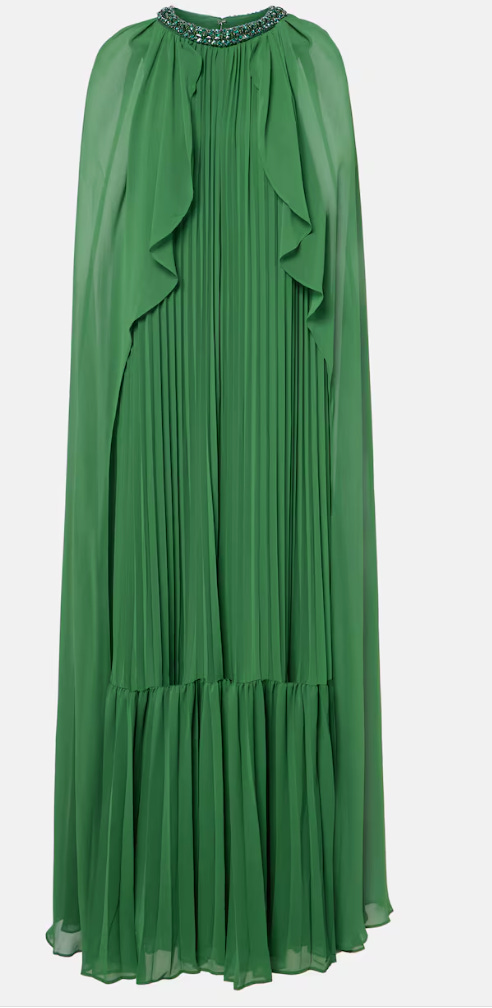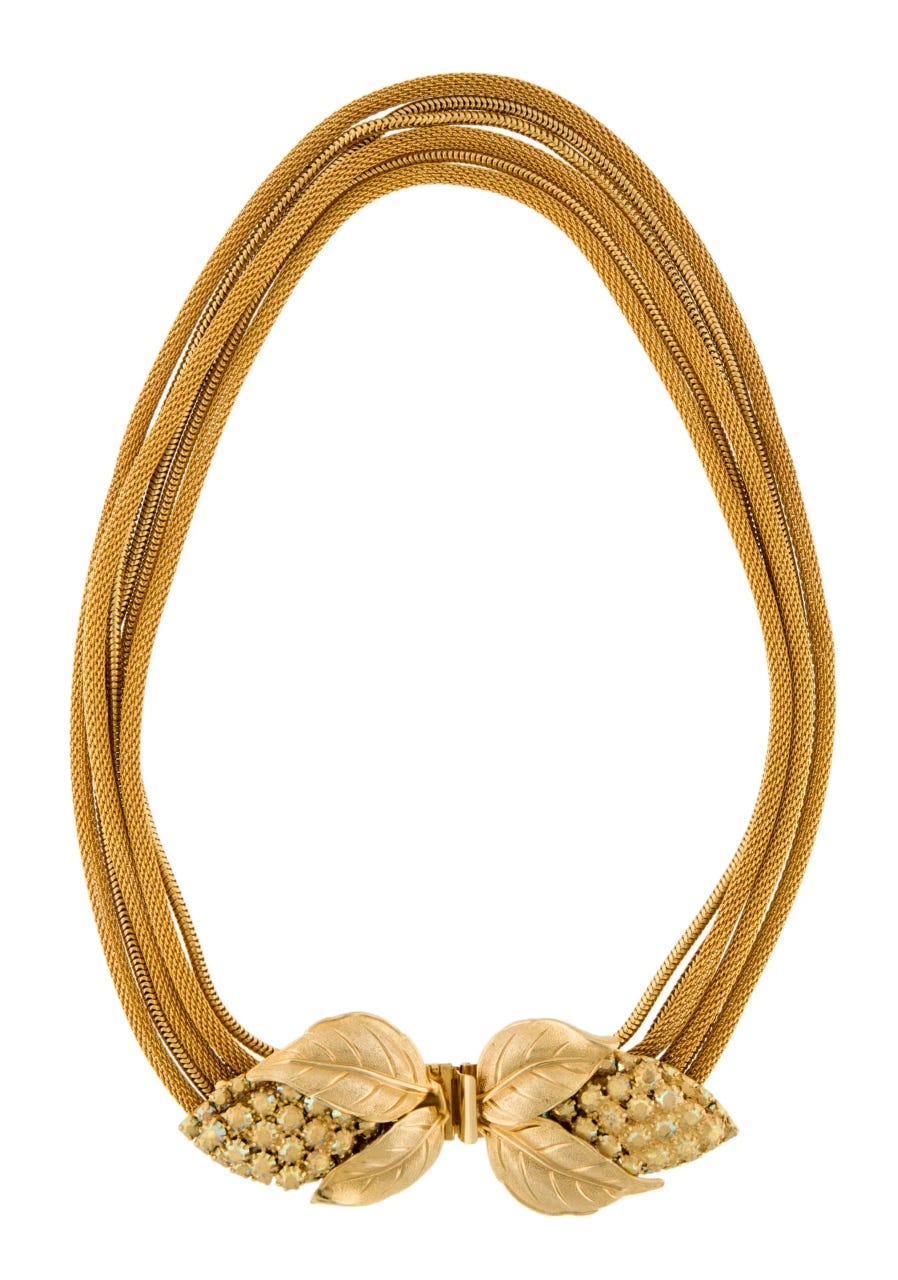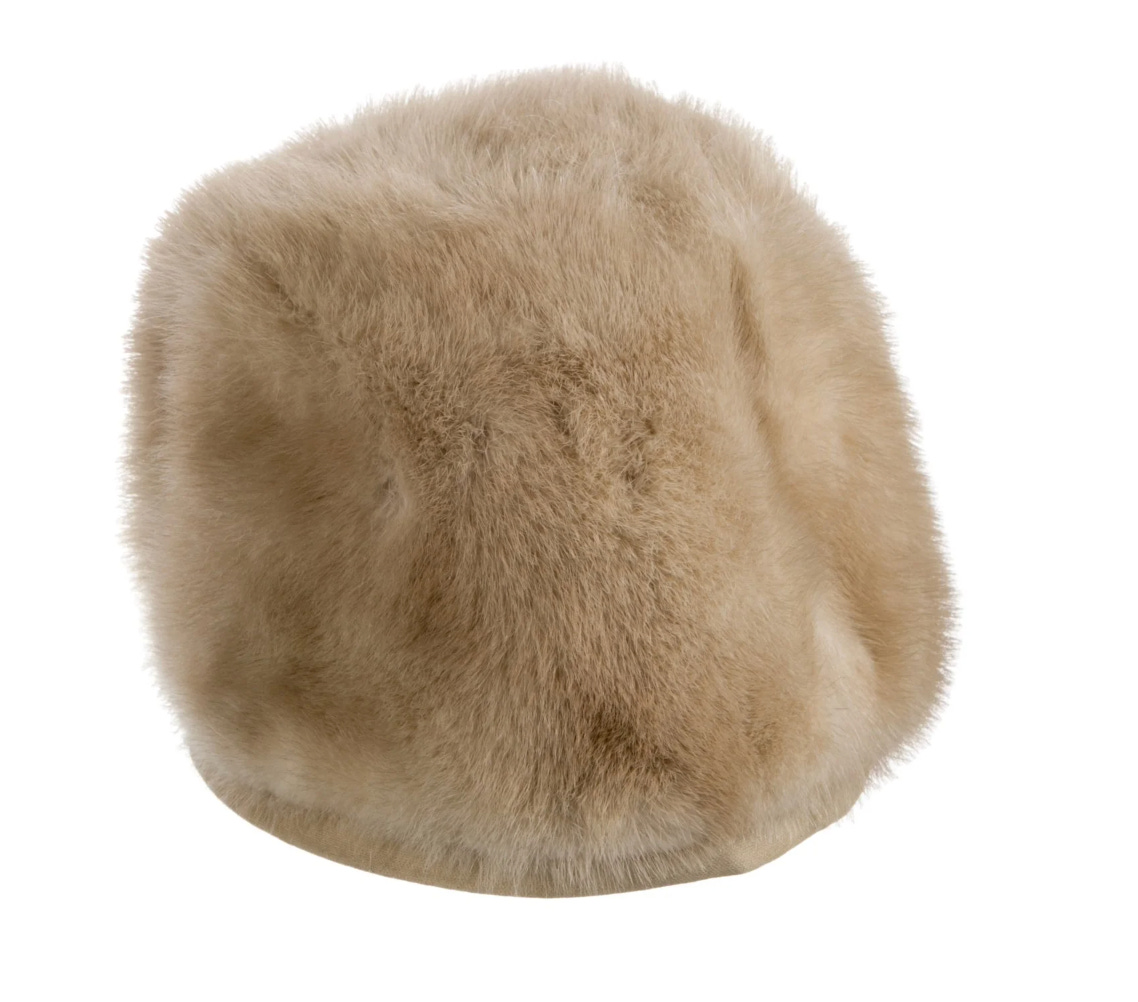Value only exists in inspiration if it feels personal, which is why so many of our current sources of inspiration feel tired, hollow, and inefficient. We’ve lost, as a society, what it means to be inspired. The monoculture means we all necessarily pull from the same people and places and events, which says to me (loud and clear, may I add) that there is no truth and no substance to most of it.
We may briefly cling to the effervescence of a photo or video we see online, but modern incentives funnel us towards overexposure and copycat culture. True inspiration claims a cozy space in your head and doesn’t let go. True inspiration builds off of what it consumes instead of simply duplicating it. When it’s far too easy to click a link and buy exactly what we see someone wearing, we don’t give our imaginations adequate room to breathe.
As a society, due to these misaligned incentives, we do not long anymore, and longing is the truest essence of inspiration. I believe we must dig in earnest - into history, into our own childhood, into the moments that feel just beyond our grasp, to find the obscured, gleaming gems of ingenuity that feed us sustainably, that don’t simply fizzle after a package arrives at our door. Inspiration should not be fleeting: when you are truly, deeply inspired by something it sits in the crevices of your brain, waiting for an opportunity to remind you of a dreamy magic that feels both so otherworldly, and so intensely personal. As I mentioned in my wedding article, inspiration is most honest when it doesn’t necessarily come from what it yearns to represent. The best wedding inspiration comes not necessarily from other weddings, and the best fashion inspiration can (and maybe should!) come, in the same manner, from architecture or art or history.
I recently attended the Tamara de Lempicka exhibit at the De Young, and was lucky enough to see her immense skill in creating a metallic, satin effect across her body of work that illustrates something so tenuous yet inescapably bold about an era marked by both extreme poverty, and design that inspired and, perhaps, aimed to dazzle and distract. Throughout the afternoon, I came to the realization that the 1930s are one of the most underrated decades in fashion history, and for fairly good reason, one of my great inspirations.
The Great Depression impacted a huge swath of the population, and came as a blinding hangover of the decadence of the 1920s. Just as many were relegated to much more modest lifestyles, there is a beauty in innovation that took place at the same time, not just in spite of the economic landscape, but because of it. Women’s hemlines shortened, their silhouettes and tailoring simplified to fit the new reality of working to keep food on the table. And it wasn’t just those who had to go back to work: these changes bled into the upper echelons of society. Much like the pandemic led to a sustained trend of athleisure due to extended work from home policies, the necessity of physically unrestrictive clothing led to an era of both simplicity, and, dare I say, imagination and hope.
If I can be even bolder, I would argue there are many parallels that make the late 2020’s a near perfect time to revisit the fashion of nearly 100 years ago, and take true, deep inspiration from the colors and shapes that defined a decade.
Color is an especially interesting tool in defining a time or space. Avocado green kitchens scream 1970s, taupe harkens to the 1990s. Going back even further, certain colors have always represented class - white is famously hard to keep clean (tennis whites came about to indicate class), and therefore a status symbol. Purple was incredibly expensive in the 1600s because it was primarily made from a substance called "Tyrian purple," which came from the mucus of a specific type of sea snail (this is why purple is often considered a royal color). The history of dye houses and how Victorian fashion was influenced by the price and resource intensity of certain dyes can be explored more via Articles of Interest.
But the 1930s were defined, in many ways, by a delicious sulfur green. Whether in the art of the elite, the dresses of society women, or the pages in Vogue, this shock of electric green was everywhere. Emerald green represents true glamour, it tells us a story before we even have a moment to consider it on it’s own merits. It evokes visions of large cocktail rings glimmering in oil lamps, satin gowns, and, of course, the Emerald City.
Near the end of the 1930s, The Wizard of Oz illustrated (in color, might I add!) a gleaming emerald city, representing, perhaps, the seemingly faraway hopes of the masses, shrouded in the gemlike, ethereal, and mysterious tone. And, may I add gratuitously, to add to the narrative that now is a perfect time for a 1930s revival, may I remind you what movie just premiered in late 2024? (Dear reader, it was Wicked)
There is a sense of magic that is inherent in the high styles of the ‘30s: a wishful lust for escape that didn’t solely affect the 25% of the population that was then unemployed, but reached the highest echelons of style and society. In an age with an unsure future: birth rates declining, political unrest, an ever-widening economic gap, what better time to escape to the emerald city than right now?
Today, we are inspired by Tamara de Lempicka, by both the fear and the grandeur of the 1930s, by the unapologetic richness of color, and texture, and in part by the Italian Futurist movement, so deeply intertwined with this period.
Airy, dreamy dresses in a sulfuric hue are one of the best ways to incorporate the 30s into your wardrobe:
This Self Portrait dress begs for a giant cocktail ring and a French twist, she is mysterious and glamorous at once. This dress is a true marvel out of time: with a floating, streamlined silhouette and a gem-lined neckline.
A parrot green Carolina Herrera dress who combines polka dots (someone said they were trending, I don’t know that they ever quite left) with a summer style for a weekend in Newport now or in 1933.
This Johanna Ortiz dress leans into the oft-visually quoted Japanese imagery of the Art Deco movement.
Though this Self Portrait dress is more electric lime in tone, the smart collar and belt show the unbound limits of how our inspiration bends away from simple replication.
Bold accessories make a perfect addition to a slinky yet practical dress that shows you are an independent woman who can work (if she absolutely must):
There is no discussing of the 1930s without mentioning Schiapparelli. These Schiapparelli earrings are the perfect cocktail earring.
Another gorgeous piece, this Schiapparelli necklace is showstopping. Please don’t buy this I want it so badly (or buy it for me? Thank you, my Valentines!)
Again, there is no 30s inspired jewelry that hits quite like vintage Schiapparelli. How fanciful is this ladybug cuff?
I’d be remiss not to include hats, in many cases echoing the sleek, cropped hairstyle of the decade, but sometimes providing much-needed cover from sun (and attention):
Synchronized swimming anyone? This inspired floral Schiapparelli cloche is perfect for a weekend by, but not in, the pool.
For colder days, a Vintage fur cap is just the answer.
Another vintage fur option for blondes.
It may come as a surprise, but the 1930s did not solely see closely cropped cap! This Lorna Murray sunhat illustrates the wide brim glamour seen at cafes across Manhattan and Paris.
These bonus, fluffy and fabulous Brother Vellies slides make one want to open the door wearing a silk robe smoking a long cigarette claiming you have no idea how your husband died, you were in St. Tropez at Picasso’s at the time, it simply couldn’t have been you but you are simply devastated to hear!
This weekend, instead of consuming style from someone online, go to your local museum, go on an architecture tour, read a book from the 1800s. Find something secret and beautiful and compelling and make a meal out of reconciling yourself with it.
Thanks for dreaming with me this week, and hope to see many of you dreaming next xoxo
















LOVE THIS ONE!!!!